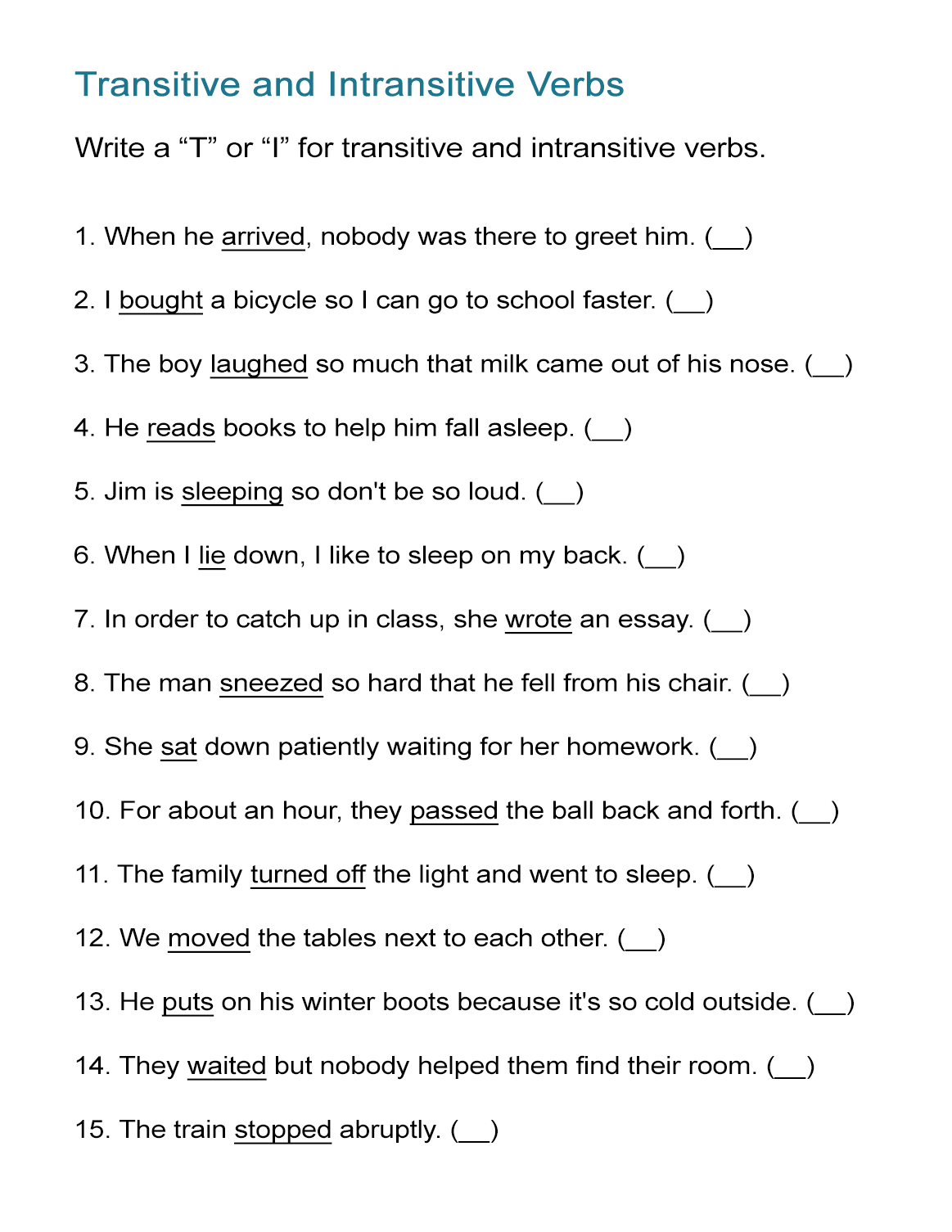Verbs are an essential part of speech that convey action or a state of being in a sentence. Understanding the different types of verbs, such as transitive, intransitive, and linking verbs, is crucial for constructing grammatically correct sentences.
Transitive verbs are verbs that require a direct object to complete their meaning. In contrast, intransitive verbs do not require a direct object, and linking verbs serve to connect the subject of a sentence to a subject complement.
Transitive, Intransitive, and Linking Verbs
Transitive verbs are action verbs that transfer the action to a direct object. For example, in the sentence “She ate the apple,” the verb “ate” is transitive because it transfers the action of eating to the direct object “apple.” Without the direct object, the sentence would be incomplete.
Intransitive verbs, on the other hand, do not transfer the action to a direct object. They stand alone in a sentence and do not require an object to complete their meaning. For example, in the sentence “He sleeps peacefully,” the verb “sleeps” is intransitive because it does not require a direct object to make sense.
Linking verbs, also known as copular verbs, serve to connect the subject of a sentence to a subject complement that describes or renames the subject. Examples of linking verbs include “is,” “am,” “appear,” “become,” and “seem.” In the sentence “She is happy,” the linking verb “is” connects the subject “she” to the subject complement “happy.”
It is important to note that some verbs can function as both transitive and intransitive depending on how they are used in a sentence. For instance, the verb “run” can be transitive in the sentence “She runs a marathon” or intransitive in the sentence “He runs every morning.”
Understanding the distinctions between transitive, intransitive, and linking verbs is crucial for constructing clear and effective sentences. By recognizing the roles that these verbs play in conveying action and linking elements in a sentence, writers can improve the coherence and clarity of their writing.
In conclusion, mastering the usage of transitive, intransitive, and linking verbs is essential for developing strong writing skills. By understanding how these verbs function in a sentence, writers can effectively communicate their ideas and create well-structured sentences that convey meaning accurately.
